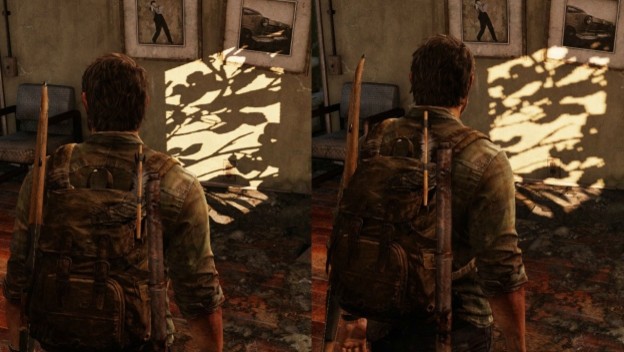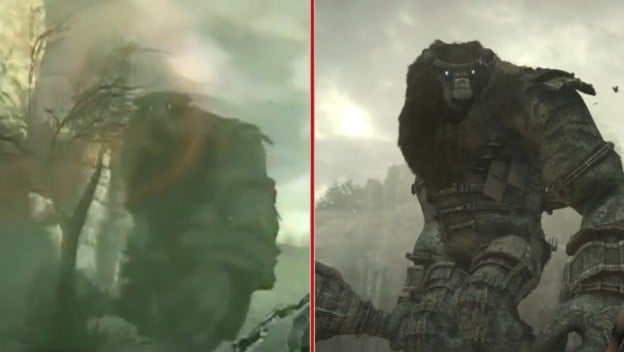There have been a lot of remasters coming out recently. Just off the top of my head, Shadow of the Colossus , Okami HD , and the lovely PC release of Chrono Trigger come to mind, but I know there are many more that I’m not thinking of. Yet each of these have far different things going into their renewed versions. Shadow of the Colossus was effectively rebuilt from the ground up visually, with improved textures, lighting, and fur effects, while the core gameplay was left relatively untouched. It was also updated to support 60 FPS on the PS4 Pro. Meanwhile, Okami HD basically received support for higher and wider resolutions, and that was about it. Then there’s Chrono Trigger , whose “remastering” seemed to consist of someone grabbing the .apk file from the Android store, swapping out the appropriate I/O calls to support Windows, and calling it a day. Okay, I’m sure there was a bit more to it than that, but you get the idea.
Based on these three cases, what exactly constitutes a remaster? By and large, there certainly seems to be a visual component at play; after all, each title saw updates in this area. However, comparing the complete overhaul of Shadow of the Colossus to the myriad of muddy post-processing effects thrown onto Chrono Trigger on Android (and therefore on PC) really doesn’t seem fair to me. Despite this, they both arguably fit the Dictionary.com definition of a remaster: “to make a new master tape or record from an old master tape, usually to improve the fidelity of an old recording.” Okami HD too, falls in line with this; perhaps more so, considering it’s locked to 30 FPS on all platforms due to the way the original game was coded.
Yet some games go above and beyond simply enhancing visuals. Take Uncharted: Drake’s Fortune : when it was remastered in Uncharted: The Nathan Drake Collection , the combat mechanics were updated to be more in line with later entries in the series. In a similar vein, The Last of Us Remastered added in new features like a Photo Mode and the ability to listen to audio logs through the DualShock 4’s speaker.
The point I’m getting at is this: saying a game is being remastered says almost nothing about what the rerelease will entail. Consumers could end up receiving anything from a slapdash port of the existing game to a full-on rebuild, and the only way to find out is to wait until the feature list gets announced. So, in the name of consumer advocacy (well, mainly just to make my game purchases easier), I’d like to argue for a cleaner, more descriptive definition of “remaster”.
As suggested by the earlier definition, a remaster involves taking an existing release and performing some rerecording and enhancements to bring it up to current fidelity expectations. By that logic, I think that the bare minimum that should be expected from a remaster is for it to run at a modern resolution – i.e. 1080p and above (for you 4K snobs out there) – and feature one or more additional enhancements, such as increased texture resolutions, better lighting, and/or additional postprocessing effects. The important thing is that the underlying code remains relatively unchanged, save for what’s required to get the game running on a new platform with new visuals; physics aren’t tweaked, mechanics aren’t tightened up, and so on.

I think that a lot of confusion surrounding remasters crops up because any announcement of one causes people to think of all the impressive remasters that have happened (e.g. Shadow of the Colossus ), while ignoring the ones that are little more than ports (e.g. Chrono Trigger ). If some new terminology was introduced to start delineating what was actually going into a rerelease, that would likely help to clear up a lot of the murkiness surrounding what fans should anticipate. Personally, I’m a fan of “rebuild” applying whenever gameplay and the like is tweaked, since you are effectively “rebuilding” the code for the game. Likewise, tossing “HD” on the end of a game’s title is usually a great indicator that it’s going to be the same game you know and love, but not looking like it belongs on a CRT television. In cases like Chrono Trigger , this is all that would have really been necessary, as its pixel art still holds up remarkably well.
Do I think the industry will adopt such unified terminology? Nah. “Remaster” has become such a ubiquitous buzzword these days that developers and publishers know they can throw it out and immediately get people interested. However, that doesn’t mean I can’t dream for a day when a game’s rerelease doesn’t require you to pore over a list of features to see if they actually did fix that 6-year-old bug.
*cough cough* Skyrim *cough cough*
